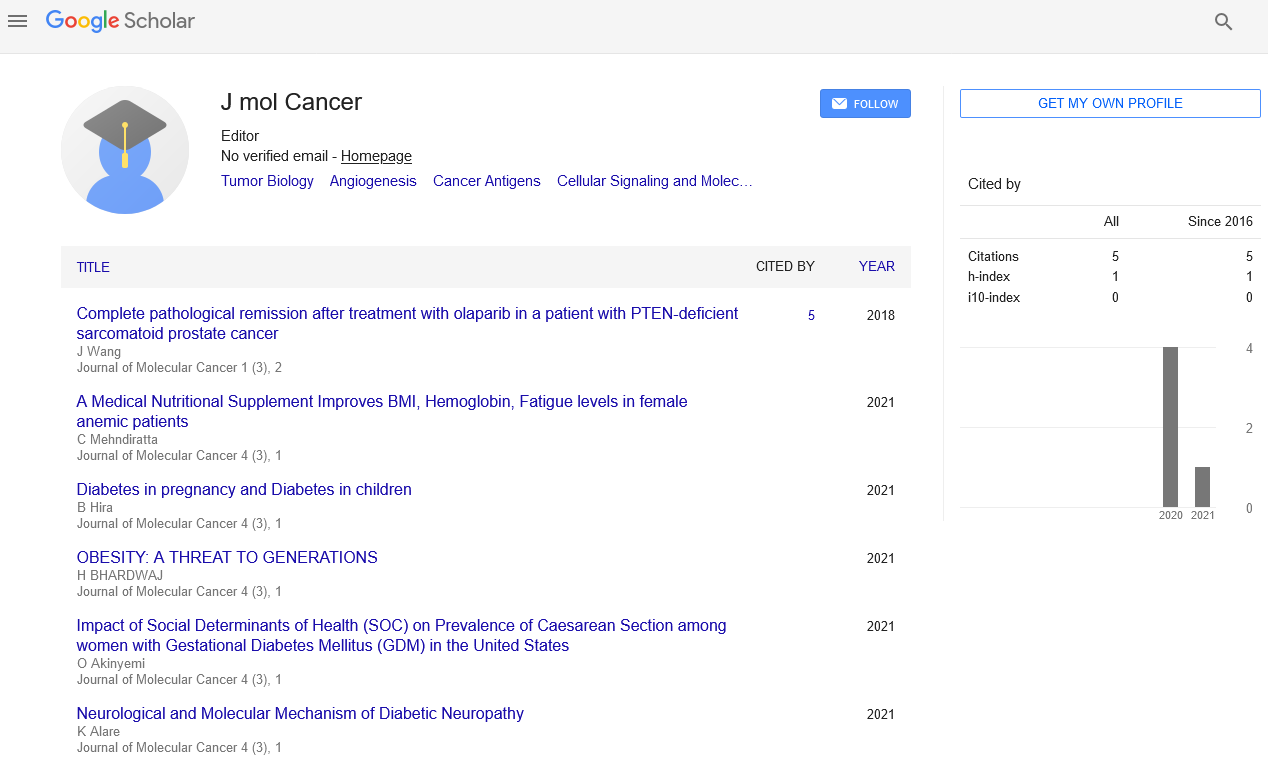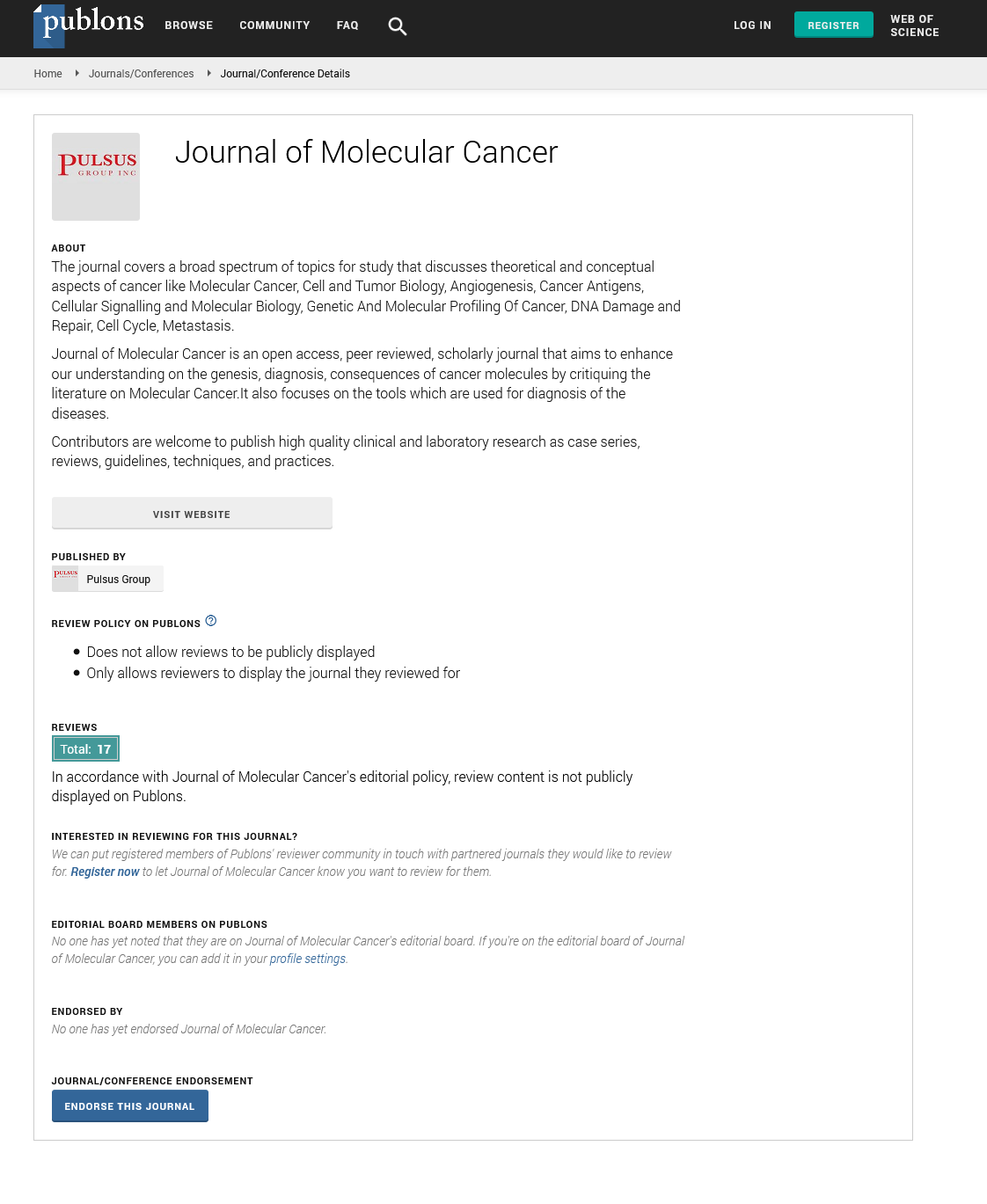Vasculogenesis is the embryonic formation of endothelial cells
This open-access article is distributed under the terms of the Creative Commons Attribution Non-Commercial License (CC BY-NC) (http://creativecommons.org/licenses/by-nc/4.0/), which permits reuse, distribution and reproduction of the article, provided that the original work is properly cited and the reuse is restricted to noncommercial purposes. For commercial reuse, contact reprints@pulsus.com
Introduction
Angiogenesis is the physiological manner through which new blood vessels form from pre-present vessels, shaped in the sooner level of vasculogenesis. Angiogenesis continues the growth of the vasculature via tactics of sprouting and splitting. Vasculogenesis is the embryonic formation of endothelial cells from mesoderm mobile precursors, and from neovascularization, even though discussions are not always precise (mainly in older texts). the first vessels within the developing embryo shape via Vasculogenesis, after which angiogenesis is accountable for maximum, if now not all, blood vessel increase at some point of improvement and in sickness. Angiogenesis is an ordinary and important process in growth and development, in addition to in wound healing and in the formation of granulation tissue. But, it's also a fundamental step in the transition of tumors from a benign kingdom to a malignant one, leading to the usage of angiogenesis inhibitors in the treatment of cancer. The essential position of angiogenesis in tumor growth become first proposed in 1971 through Judah Folk man, who described tumors as "hot and bloody," illustrating that, as a minimum for many tumor types, flush perfusion and even hyperemia are characteristic. Intussusception was first determined in neonatal rats. In this kind of vessel formation, the capillary wall extends into the lumen to split an unmarried vessel in. There are four levels of intussuscepted angiogenesis. First, the 2 opposing capillary walls set up a area of touch. Second, the endothelial cellular junctions are reorganized and the vessel bilayer is perforated to permit increase factors and cells to penetrate into the lumen. 0.33, a center is fashioned among the two new vessels on the sector of touch that is filled with pericytes and my fibroblasts. Those cells start laying collagen fibers into the center to offer an extracellular matrix for increase of the vessel lumen. Subsequently, the middle is fleshed out without alterations to the basic structure. Intussusception is essential because its miles a reorganization of existing cells. It allows a full-size boom inside the number of capillaries without a corresponding boom inside the range of endothelial cells. That is especially important in embryonic improvement as there are not sufficient assets to create a rich microvasculature with new cells on every occasion a brand new vessel develops. Mechanical stimulation of angiogenesis is not properly characterized. There is a substantial amount of controversy with regard to shear stress acting on capillaries to motive angiogenesis, despite the fact that modern know-how shows that increased muscle contractions can also growth angiogenesis. This may be because of a boom in the production of nitric oxide at some point of exercise. Nitric oxide outcomes in vasodilation of blood vessels. Sprouting angiogenesis become the primary identified shape of angiogenesis and because of this, its miles a great deal more understood than intussuscepted angiogenesis. It occurs in several nicely-characterized stages. The preliminary sign comes from tissue areas which can be devoid of vasculature. The hypoxia this is stated in these areas reasons the tissues to demand the presence of vitamins and oxygen with the intention to permit the tissue to carry out metabolic sports. Because of this, parenchymal cells will secrete vascular endothelial growth thing (VEGF-A) that's a proangiogenic growth issue. Those biological alerts set off receptors on endothelial cells present in pre-existing blood vessels. 2nd, the activated endothelial cells, additionally known as tip cells, start to release enzymes known as proteases that degrade the basement membrane to permit endothelial cells to break out from the unique (discern) vessel partitions. The endothelial cells then proliferate into the encircling matrix and shape strong sprouts connecting neighboring vessels. The cells that are proliferating are located in the back of the end cells and are referred to as stalk cells. The proliferation of these cells permits the capillary sprout to grow in period simultaneously.






